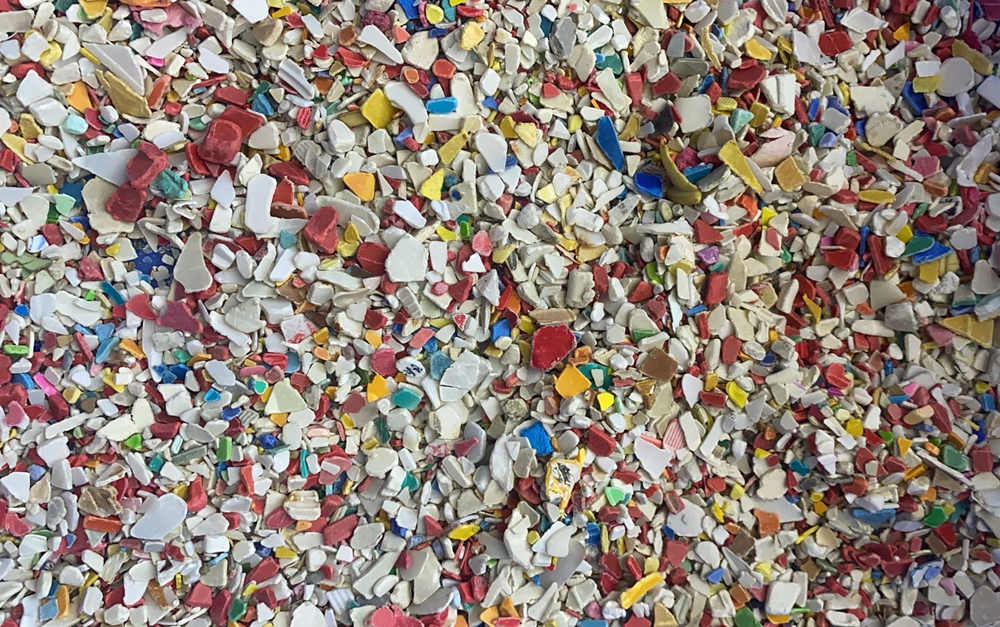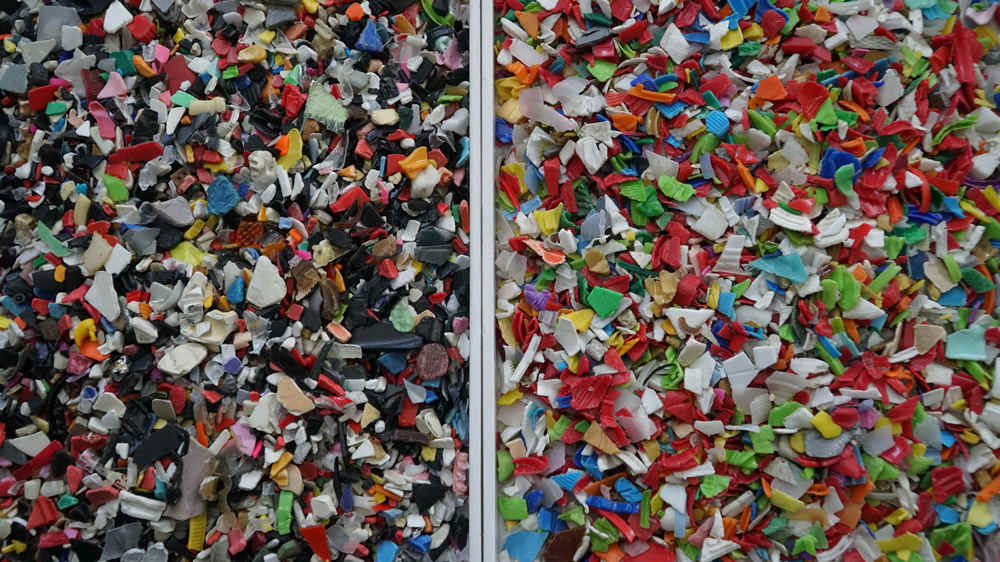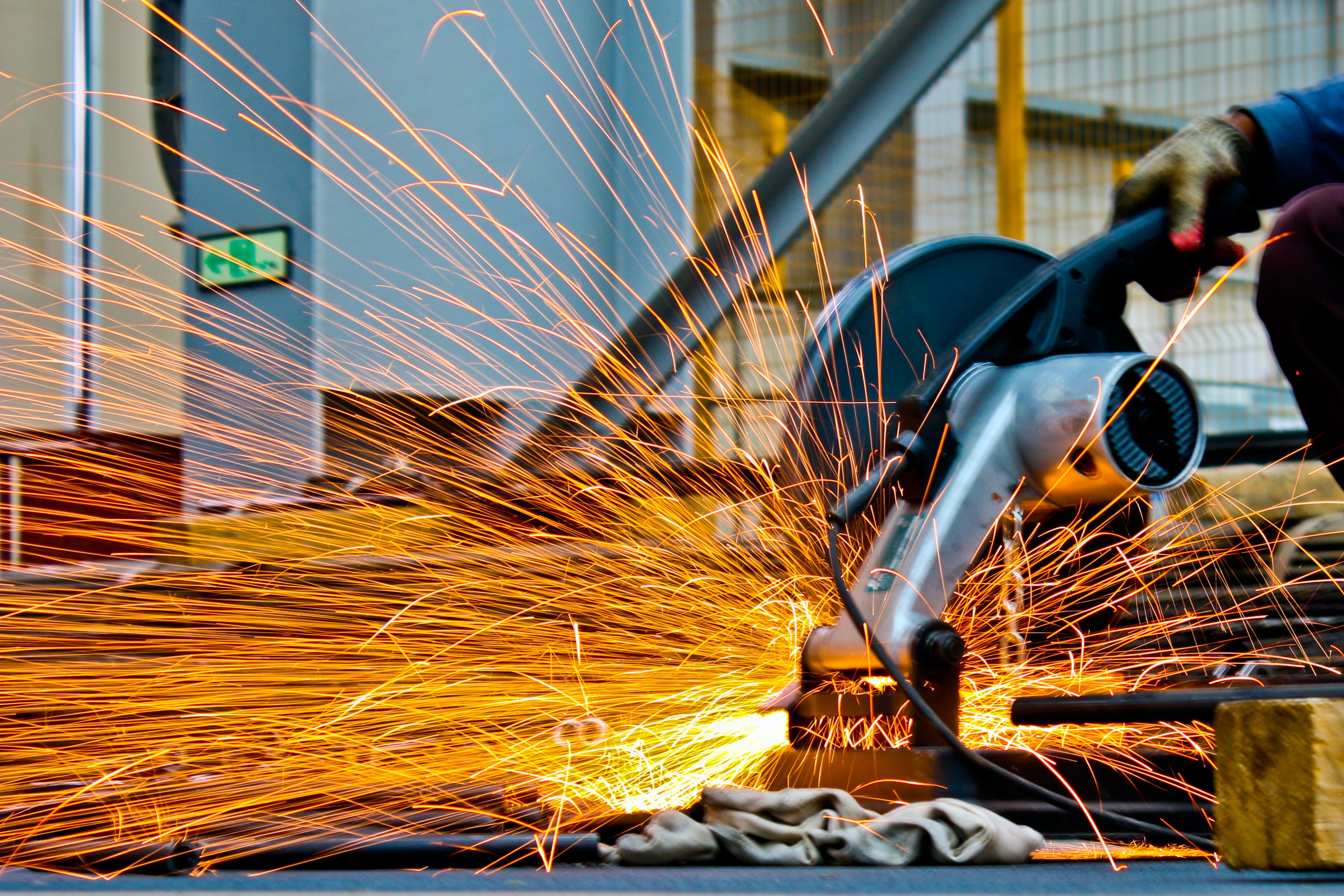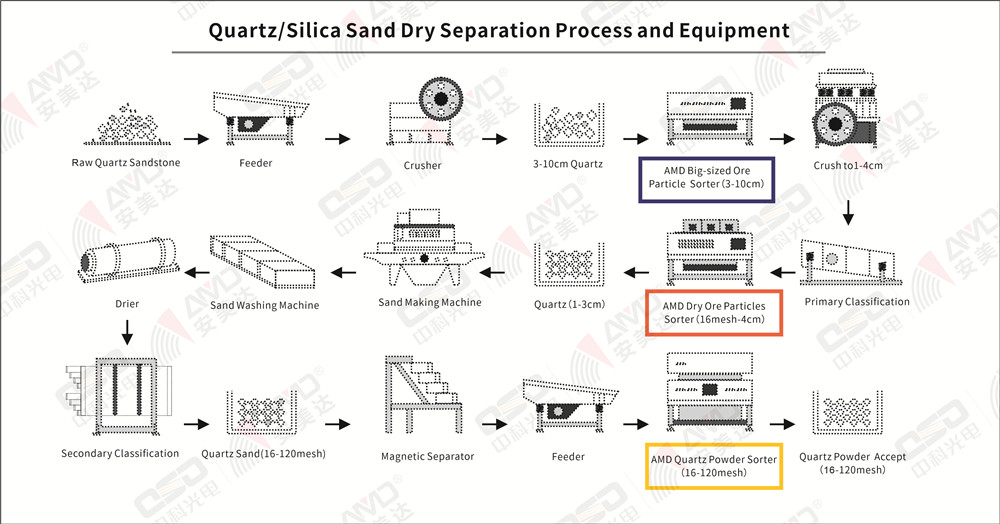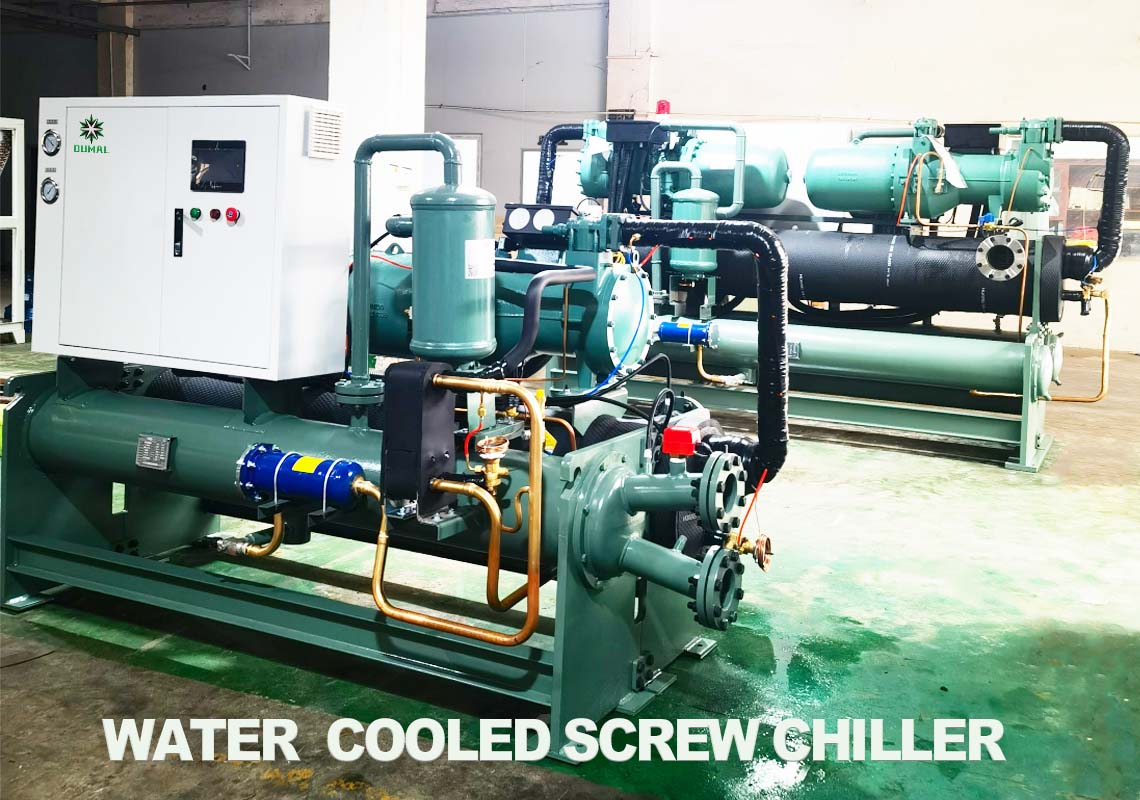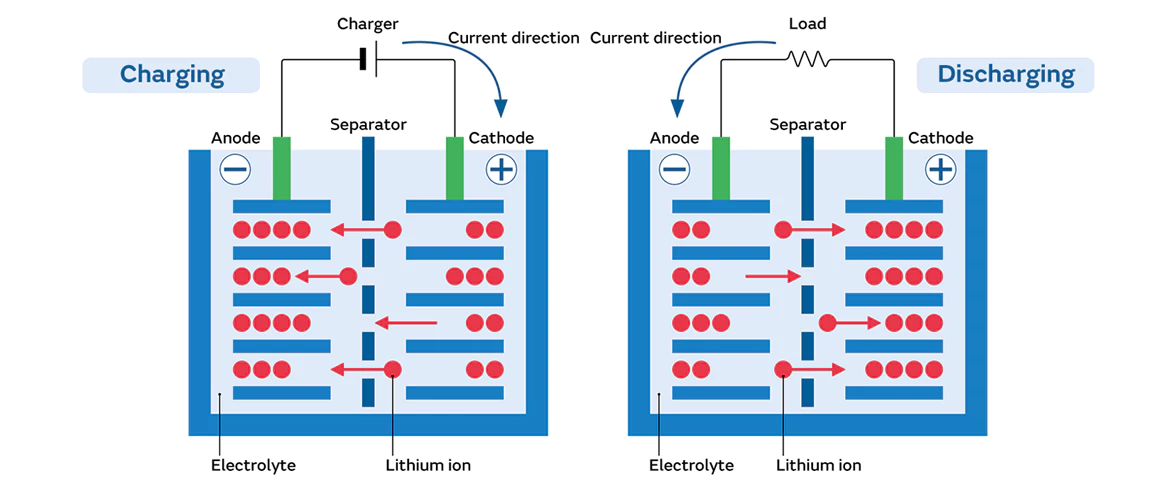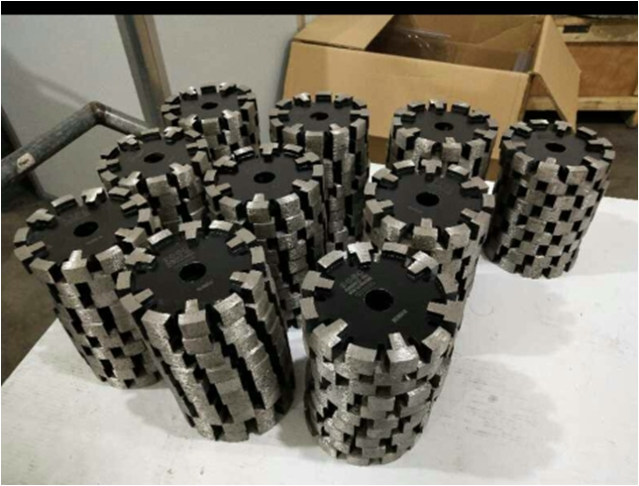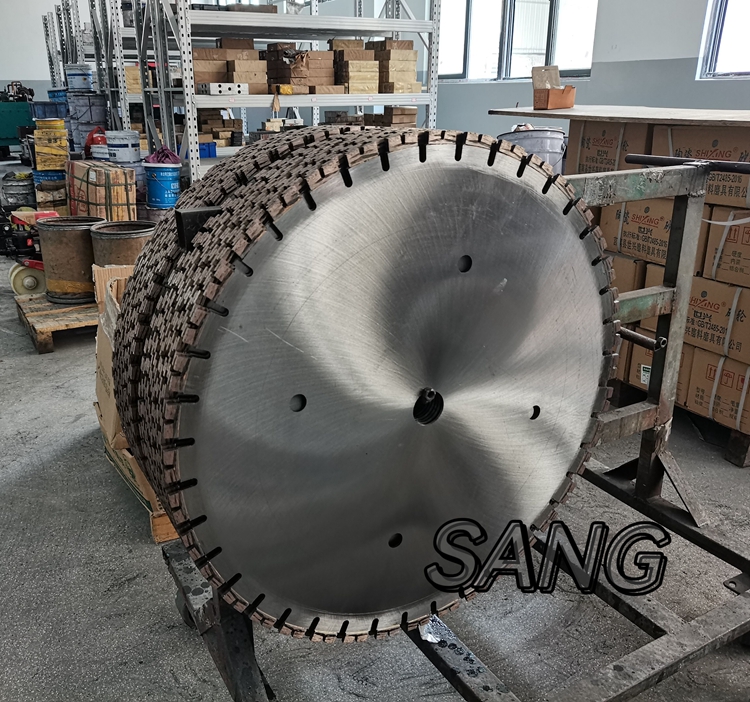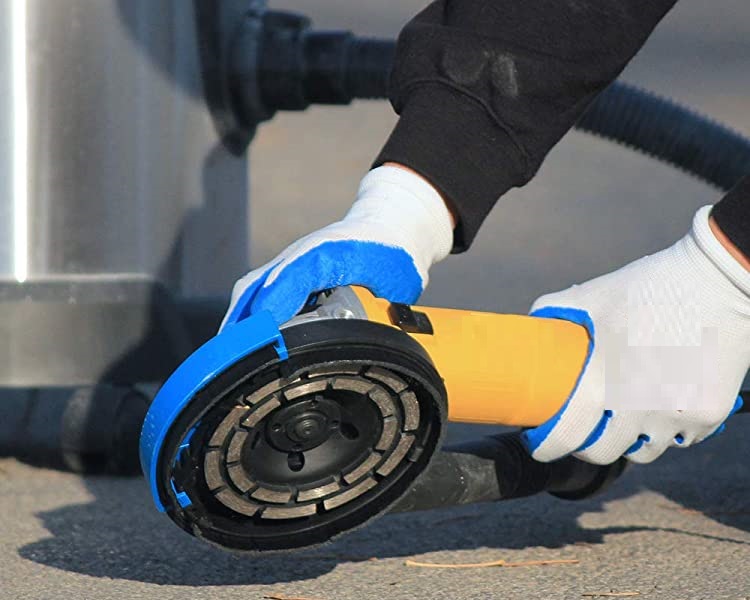Lithium plating refers to the detrimental phenomenon where lithium ions fail to intercalate into the graphite anode during charging processes, instead undergoing electrochemical reduction to form metallic lithium deposits. This results in the formation of characteristic silver-gray lithium metal layers or dendritic lithium crystals on the anode surface.
Conventionally, battery disassembly has been the primary method for confirming suspected lithium plating incidents, particularly when observable capacity anomalies or visible dendritic growth are present. However, advanced non-destructive diagnostic techniques now enable accurate detection through sophisticated electrochemical analysis.

Ⅰ. Advanced Non-Destructive Detection Methodologies:
1. Voltage Profile Deconvolution Analysis
During constant-current (CC) charging cycles, lithium-ion batteries typically exhibit a monotonically increasing voltage curve proportional to state-of-charge (SOC). The emergence of premature voltage plateau depression during the constant-voltage (CV) charging phase serves as a critical indicator of lithium plating. This phenomenon occurs due to the irreversible consumption of active lithium inventory through plating reactions, resulting in diminished reversible capacity and accelerated voltage decline.
2. Differential Capacity Analysis (dV/dQ)
This analytical technique involves calculating the first derivative of voltage with respect to capacity (dV/dQ) to identify characteristic phase transition peaks in graphite anodes. Lithium plating manifests through distinct alterations in these phase transition signatures, including:
• Peak position displacement (>20mV shift indicates severe intercalation obstruction)
• Peak intensity attenuation (reduced magnitude suggests compromised lithium insertion kinetics)
• Peak shape distortion (asymmetric broadening reflects heterogeneous reaction distribution)
3. Electrochemical Impedance Spectroscopy (EIS) Diagnostics
Lithium plating induces significant changes in interfacial charge transfer dynamics:
• Formation of electrically isolated "dead lithium" deposits increases ionic transport resistance
• SEI (Solid Electrolyte Interphase) layer reconstruction alters charge transfer impedance (Rct)
• High-frequency semicircle expansion in Nyquist plots (typically 100Hz-10kHz range) correlates with interfacial impedance growth
• Mid-frequency semicircle deformation reflects lithium deposition-induced charge transfer limitations
4. Ultrasonic Time-of-Flight (TOF) Characterization
This spatially resolved acoustic technique capitalizes on lithium-ion batteries' stratified architecture:
• Baseline TOF calibration establishes reference acoustic signatures
• Lithium deposition creates acoustic impedance discontinuities (ΔZ > 15% indicates significant plating)
• Echo waveform analysis detects:
- Signal amplitude attenuation (5-15dB variation)
- Phase shift anomalies (>5° deviation)
- Time-domain reflection coefficient changes (>8% threshold)
Current technical limitations:
• Primarily applicable to pouch cell configurations (aluminum casing in prismatic cells causes 90%+ ultrasonic attenuation)
• Detection threshold requires minimum 2.8% volume fraction of metallic lithium
• Requires sophisticated signal processing algorithms (e.g., wavelet transform denoising)
Ⅱ. Supplementary Detection Indicators:
• Coulombic efficiency depression (ΔCE > 0.5% per cycle)
• Open-circuit voltage (OCV) relaxation abnormalities
• Differential voltage analysis (dQ/dV) hysteresis expansion
• Thermal signature anomalies during relaxation phases
Ⅲ. Implementation Protocols:
• Establish baseline parameters through initial formation cycles
• Implement multi-modal detection protocol integration
• Apply machine learning algorithms for pattern recognition
• Perform cross-validation with reference electrode measurements
This comprehensive approach enables early-stage lithium plating detection with >92% accuracy while maintaining battery integrity, significantly enhancing safety protocols in battery management systems (BMS).
Ⅳ. Elevate Your Battery Safety Standards with TOB NEW ENERGY
At TOB NEW ENERGY, we are committed to being your strategic partner in advancing energy storage technologies. From high-performance cathode materials / anode materials and specialized battery binders to precision-engineered battery separators and tailored battery electrolytes, we provide a comprehensive suite of battery components designed to elevate your product’s reliability and efficiency. Our offerings extend to cutting-edge battery manufacturing equipment and battery tester, ensuring seamless integration across every stage of battery production.
With a focus on quality, sustainability, and collaborative innovation, we deliver solutions that adapt to evolving industry demands. Whether you’re optimizing existing designs or pioneering next-generation batteries, our team is here to support your goals with technical expertise and responsive service.
Let’s build the future of energy storage together. Contact us today to explore how our integrated solutions can accelerate your success.
